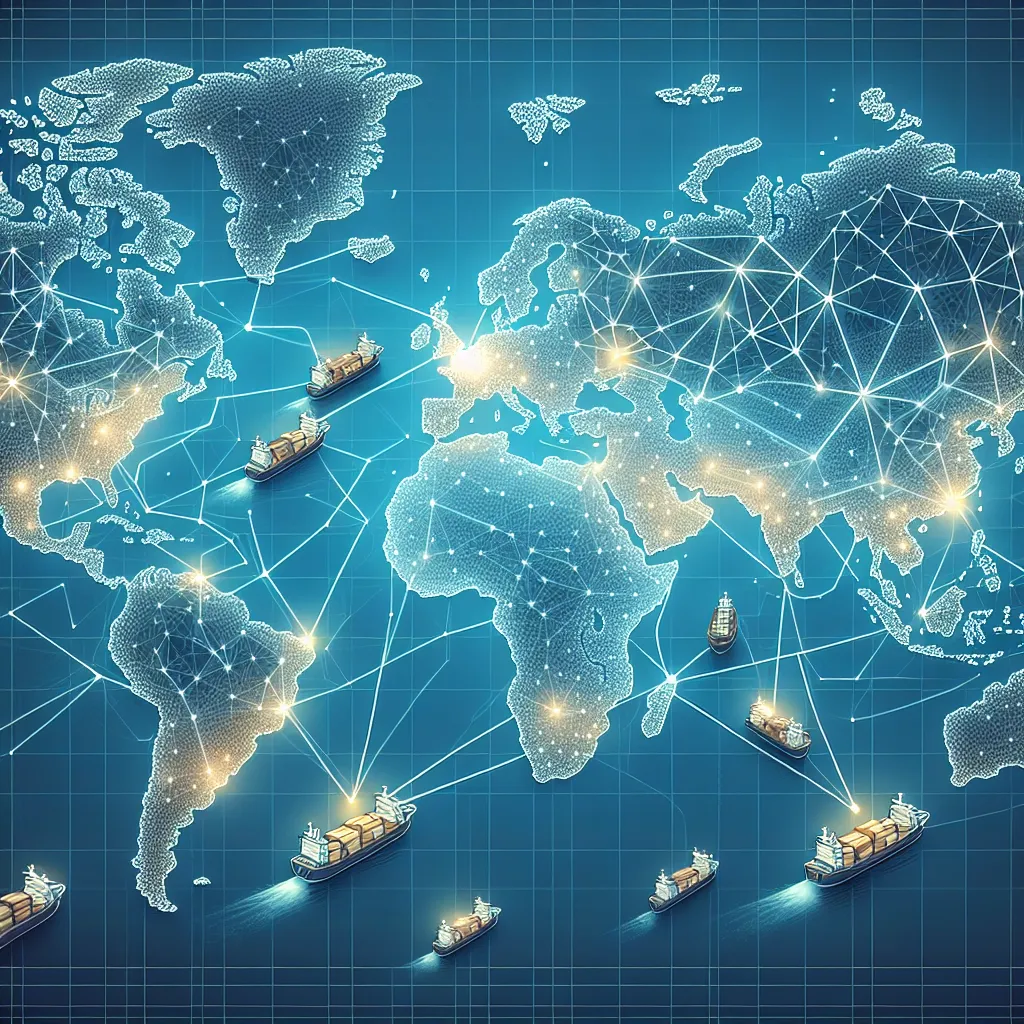Welcome to our IELTS Reading practice session focusing on the critical topic of “Impact of Climate Change on Global Water Resources.” This comprehensive guide will help you sharpen your reading skills while exploring a subject of global importance. Let’s dive into the passages and questions that mirror the actual IELTS exam format.
Table Of Contents
- Passage 1 (Easy Text)
- The Global Water Crisis
- Questions 1-5
- Questions 6-10
- Passage 2 (Medium Text)
- Climate Change and Agricultural Water Use
- Questions 11-14
- Questions 15-20
- Passage 3 (Hard Text)
- The Interconnected Challenges of Climate Change and Water Resources
- Questions 21-26
- Passage 1 Answers:
- Passage 2 Answers:
- Passage 3 Answers:
Introduction
Climate change is one of the most pressing issues of our time, with far-reaching consequences for our planet’s water resources. This IELTS Reading practice will test your comprehension skills on this crucial topic, providing you with valuable exam preparation and insights into the global water crisis.
IELTS Reading Test: Climate Change and Global Water Resources
Passage 1 (Easy Text)
The Global Water Crisis
Water is essential for life on Earth, yet billions of people worldwide lack access to clean water. The global water crisis is a complex issue exacerbated by climate change, population growth, and inefficient water management. As temperatures rise and weather patterns become more erratic, the distribution of water resources is changing dramatically.
Climate change affects the water cycle in various ways. Higher temperatures increase evaporation rates, leading to more frequent and severe droughts in some regions. Conversely, other areas may experience increased precipitation and flooding. These changes have significant implications for agriculture, human health, and ecosystem stability.
One of the most visible impacts of climate change on water resources is the melting of glaciers and ice caps. As these frozen reservoirs diminish, they initially increase river flow, but over time, this vital water source will decrease, affecting millions who depend on glacier-fed rivers for drinking water and irrigation.
Coastal areas face unique challenges due to climate change. Sea-level rise threatens freshwater aquifers with saltwater intrusion, potentially contaminating drinking water supplies for coastal communities. Additionally, more intense storms and storm surges can damage water infrastructure and lead to widespread flooding.
Addressing the global water crisis requires a multifaceted approach. Water conservation measures, improved infrastructure, and innovative technologies for water purification and desalination are crucial. Moreover, reducing greenhouse gas emissions to mitigate climate change is essential for long-term water security.
 melting glaciers
melting glaciers
Questions 1-5
Do the following statements agree with the information given in the passage? Write:
TRUE if the statement agrees with the information
FALSE if the statement contradicts the information
NOT GIVEN if there is no information on this
1. Climate change is the sole cause of the global water crisis.
2. Higher temperatures lead to increased evaporation rates.
3. Melting glaciers will provide a sustainable increase in water supply.
4. Saltwater intrusion only affects surface water sources.
5. Reducing greenhouse gas emissions is important for ensuring water security.
Questions 6-10
Complete the sentences below. Choose NO MORE THAN TWO WORDS from the passage for each answer.
6. The distribution of water resources is changing due to rising temperatures and unpredictable ____.
7. Climate change impacts the ____ in multiple ways, affecting water availability.
8. ____ and flooding may become more common in some areas due to climate change.
9. Coastal freshwater sources are at risk of contamination from ____.
10. ____ can help address water scarcity issues in affected regions.
Passage 2 (Medium Text)
Climate Change and Agricultural Water Use
The agricultural sector is the largest consumer of freshwater globally, accounting for approximately 70% of all freshwater withdrawals. As climate change alters precipitation patterns and increases the frequency of extreme weather events, the availability and reliability of water for agriculture are becoming increasingly uncertain.
One of the most significant challenges faced by farmers is the increased variability in rainfall. Many regions are experiencing shifts in the timing and intensity of precipitation, making it difficult to plan planting and harvesting schedules. In some areas, prolonged droughts are becoming more common, while others face an increased risk of flooding. Both scenarios can have devastating effects on crop yields and food security.
Rising temperatures also contribute to increased water demand in agriculture. Higher temperatures lead to greater evapotranspiration rates, meaning plants require more water to grow. This increased water demand comes at a time when water resources are already under stress in many regions.
To adapt to these changing conditions, farmers and agricultural scientists are developing innovative strategies. Precision agriculture techniques, which use technology to optimize water use, are becoming more widespread. These methods include using sensors to monitor soil moisture levels and automated irrigation systems that deliver water only when and where it’s needed.
Another approach gaining traction is the development of drought-resistant crop varieties. Through both traditional breeding techniques and genetic engineering, scientists are creating plants that can thrive with less water. These crops are crucial for maintaining food production in water-stressed regions.
Water-efficient irrigation systems are also playing a vital role in adapting to climate change. Drip irrigation, for example, can significantly reduce water usage compared to traditional flood irrigation methods. Additionally, the practice of rainwater harvesting is being revived and modernized in many areas, helping to capture and store water during periods of excess rainfall for use during dry spells.
The impact of climate change on agricultural water use extends beyond the farm. As competition for water resources intensifies, there’s an increasing need for integrated water resource management approaches that balance the needs of agriculture with those of urban areas, industry, and ecosystems.
Questions 11-14
Choose the correct letter, A, B, C, or D.
11. According to the passage, what percentage of global freshwater is used by agriculture?
A) 50%
B) 60%
C) 70%
D) 80%
12. Which of the following is NOT mentioned as a challenge for farmers due to climate change?
A) Shifts in rainfall patterns
B) Increased flooding risk
C) Higher temperatures
D) Soil erosion
13. What is the main benefit of precision agriculture techniques?
A) Increasing crop yields
B) Reducing labor costs
C) Optimizing water use
D) Improving soil quality
14. Which method is described as significantly reducing water usage compared to flood irrigation?
A) Sprinkler systems
B) Drip irrigation
C) Furrow irrigation
D) Center pivot irrigation
Questions 15-20
Complete the summary below. Choose NO MORE THAN TWO WORDS from the passage for each answer.
Climate change is significantly impacting agricultural water use. Farmers face challenges due to (15) ____ in rainfall and more frequent extreme weather events. Rising temperatures increase (16) ____, requiring plants to use more water. To adapt, farmers are employing (17) ____ techniques and developing (18) ____ that can grow with less water. (19) ____ is being modernized to store excess rainfall. These challenges necessitate an (20) ____ approach to balance various water needs.
Passage 3 (Hard Text)
The Interconnected Challenges of Climate Change and Water Resources
The nexus between climate change and water resources presents a complex set of challenges that extend far beyond simple cause-and-effect relationships. As global temperatures rise, the intricate balance of the Earth’s hydrological cycle is being disrupted, leading to a cascade of consequences that affect ecosystems, human societies, and economic systems in profound and often unpredictable ways.
One of the most significant impacts of climate change on water resources is the alteration of the cryosphere – the frozen parts of the Earth’s surface. The accelerated melting of glaciers and ice sheets not only contributes to sea-level rise but also affects the timing and volume of river flows. In regions dependent on glacial meltwater, such as parts of South Asia and South America, this shift threatens water security for millions of people. Initially, glacier retreat may increase water availability, but as glaciers diminish, a critical source of freshwater during dry seasons will be lost, potentially leading to severe water shortages and geopolitical tensions.
The intensification of the hydrological cycle due to climate change is manifesting in more frequent and severe extreme weather events. Paradoxically, many regions are experiencing both an increased risk of flooding and a higher likelihood of drought. This volatility poses significant challenges for water management infrastructure, which is often designed based on historical climate patterns that may no longer be relevant.
In coastal areas, the compound effects of sea-level rise, more intense storms, and changes in freshwater inputs are creating new challenges for water resource management. Saltwater intrusion into coastal aquifers is becoming more prevalent, threatening freshwater supplies for coastal communities and agriculture. Additionally, the altered chemistry of oceans due to increased carbon dioxide absorption is affecting marine ecosystems, with potential ripple effects on global water cycles and food security.
The impact of climate change on water resources is not limited to quantity issues; water quality is also at risk. Warmer water temperatures, combined with altered flow regimes, can lead to increased algal blooms and decreased dissolved oxygen levels in water bodies. This not only affects aquatic ecosystems but also increases the cost and complexity of water treatment for human consumption.
Addressing these interconnected challenges requires a paradigm shift in water resource management. Adaptive management strategies that can respond to changing conditions and uncertainties are becoming increasingly important. This includes the development of robust decision-making frameworks that can account for a wide range of possible future scenarios.
Nature-based solutions are gaining recognition as a vital component of climate change adaptation strategies for water resources. These approaches, such as the restoration of wetlands and floodplains, can provide multiple benefits, including flood mitigation, water purification, and biodiversity conservation.
The transboundary nature of many water resources adds an additional layer of complexity to climate change adaptation efforts. As river basins and aquifers cross political boundaries, international cooperation and integrated water resource management become crucial for ensuring equitable and sustainable water use in the face of climate change.
Ultimately, addressing the impacts of climate change on global water resources requires a holistic approach that integrates mitigation efforts to reduce greenhouse gas emissions with adaptation strategies to enhance resilience. This necessitates unprecedented levels of collaboration across disciplines, sectors, and national boundaries to safeguard this most precious of resources for future generations.
Questions 21-26
Complete the summary using the list of words, A-K, below.
Climate change is significantly impacting the Earth’s (21) ____, leading to various consequences. The melting of glaciers affects the (22) ____ of rivers, potentially causing water shortages. The (23) ____ of the hydrological cycle results in more extreme weather events. Coastal areas face (24) ____ due to sea-level rise and saltwater intrusion. Water quality is also affected, with increased risk of (25) ____. Addressing these issues requires (26) ____ and international cooperation.
A) timing and volume
B) compound effects
C) adaptive management strategies
D) hydrological cycle
E) chemistry
F) algal blooms
G) intensification
H) cryosphere
I) evaporation
J) desalination
K) flooding
Questions 27-30
Do the following statements agree with the claims of the writer in the passage? Write:
YES if the statement agrees with the claims of the writer
NO if the statement contradicts the claims of the writer
NOT GIVEN if it is impossible to say what the writer thinks about this
27. The impacts of climate change on water resources are straightforward and easily predictable.
28. Nature-based solutions can provide multiple benefits in addressing water resource challenges.
29. International cooperation is unnecessary for managing transboundary water resources affected by climate change.
30. A combination of mitigation and adaptation strategies is needed to address the impacts of climate change on water resources.
Answer Key and Explanations
Passage 1 Answers:
1. FALSE – The passage states that climate change exacerbates the global water crisis, but it’s not the sole cause.
2. TRUE – The passage directly states this.
3. FALSE – The passage indicates that melting glaciers will initially increase river flow but will lead to decreased water supply over time.
4. NOT GIVEN – The passage only mentions saltwater intrusion affecting aquifers, not surface water.
5. TRUE – The passage states this in the last sentence.
6. weather patterns
7. water cycle
8. Precipitation
9. saltwater intrusion
10. Water conservation
Passage 2 Answers:
11. C) 70%
12. D) Soil erosion
13. C) Optimizing water use
14. B) Drip irrigation
15. increased variability
16. evapotranspiration
17. precision agriculture
18. drought-resistant crop varieties
19. Rainwater harvesting
20. integrated water resource management
Passage 3 Answers:
21. H) cryosphere
22. A) timing and volume
23. G) intensification
24. B) compound effects
25. F) algal blooms
26. C) adaptive management strategies
27. NO – The passage describes the challenges as complex and often unpredictable.
28. YES – The passage mentions multiple benefits of nature-based solutions.
29. NO – The passage emphasizes the importance of international cooperation for managing transboundary water resources.
30. YES – The final paragraph states that both mitigation and adaptation strategies are needed.
Conclusion
This IELTS Reading practice test on the impact of climate change on global water resources has covered a range of crucial aspects, from basic concepts to complex interconnections. By engaging with these passages and questions, you’ve not only prepared for the IELTS exam but also gained valuable insights into one of the most pressing issues of our time.
For more information on related topics, check out our articles on how climate change impacts the distribution of global water resources and the role of technology in solving the global water crisis.
Remember, success in the IELTS Reading test comes from practice and familiarizing yourself with various question types. Keep refining your skills, and you’ll be well-prepared for the actual exam. Good luck with your IELTS journey!



